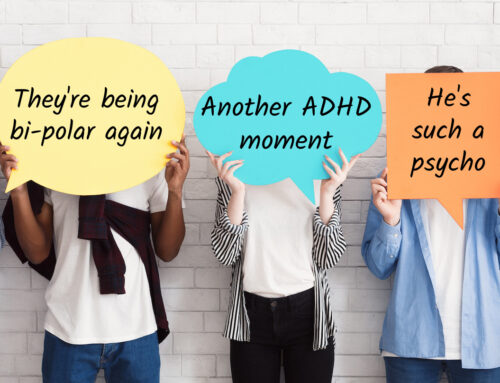Worried that your child, friend, or family member is at risk for suicide? Here are some steps you can take
We often think that suicide is a terrible tragedy that only happens in other people’s families. We want to think that it could never happen to us. It is easy to fall into the thought that children or adults who think about suicide come from dysfunctional families with a history of violence or drug abuse, or must have severe depression. While these are risk factors, suicide crosses all racial, economic, social, and ethnic lines, and only about half of suicide cases are linked to depression.
Just how common is suicide? Each day, over a hundred Americans die from suicide. That is 42,773 people per year. Suicide is the 10th leading cause of death in the US, and firearms are accountable for almost 50% of all suicides. Men die by suicide 3.5x more often than women. Although the rate of suicide is highest in middle-aged men (particularly white men), children and teens of all ethnicities are also at risk. Each day, over 4,800 children between the ages of 7-12 attempt suicide. In fact, suicide is the second leading cause of death for ages 10-24. That means that more teenagers die from suicide than from cancer, heart disease, AIDS, birth defects, stroke, pneumonia, influenza, and chronic lung disease combined.
So what should you do if you are worried about someone you love?
Stay calm. Create a comfortable atmosphere for a person who is suicidal to open up to you and reach out for help.
Talk about it. There is myth out there that talking about suicide makes things worse, or that it will increase the likelihood of suicidal behavior. In fact, an open discussion can help decrease the anxiety around the topic, and can feel like a relief. Asking someone if they are suicidal makes it easier for them to open up. Make it clear that you care, are willing to listen, and want to help. Being direct is the best option. You could say something like: “I’m worried about you, you seem really down lately. Have you thought about taking your life?”
Act. If someone is actively suicidal, they should not be left alone. Try to get the person to seek immediate help from their doctor, or the nearest hospital emergency room, or call 911. Another step is to limit the persons’ access to firearms, medications, or other lethal methods for suicide. However – Don’t try to be a hero – never put yourself in danger by trying to take away a fire arm from someone against their will by yourself. Which brings us to the next point…
Involve someone else. It is important to act immediately, but it is also best not to act alone. Is there a close friend, a parent, or family member that you can involve? Calling a helpline to get support is also a great option. For example, the National Suicide Prevention Lifeline at 1-800-273-TALK.
Don’t promise confidentiality. Although someone who is suicidal may ask you not to tell anyone, you must be prepared to break this promise, or not make it at all. Keeping this promise is much less important than saving a life. They may be initially angry, but try to remember that they are not thinking clearly, and that this is a time that they need to seek professional help.
For more information:
American Foundation for Suicide Prevention. www.afsp.org
Center for disease control – https://www.cdc.gov/injury/wisqars/
6 Myths About Suicide that Every Educator and Parent Should Know: http://www.npr.org/sections/ed/2016/09/02/478835539
There are a ton of great resources out there to help us notice the signs and be as helpful as possible. Some are listed below:
American Foundation for Suicide Prevention. www.afsp.org
The American Association of Suicidology. www.suicidology.org
National Suicide Prevention Lifeline. www.suicidepreventionlifeline.org
The Jason Foundation. www.jasonfoundation.com





